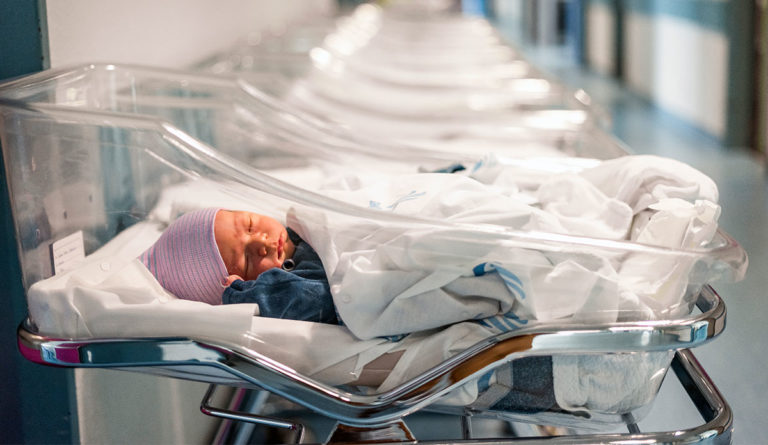The COVID-19 Pandemic Baby Bust
Birth rates declined during the COVID-19 pandemic, but the full impact remains largely unknown.

Read Time: 3 minutes
Published:
Early into the COVID-19 pandemic lockdown, speculation about the potential impact on fertility and conception began appearing in the lay press and the academic literature. Substantial evidence suggests that high casualty events such as famines, pandemics, earthquakes, and hurricanes often result in decreased fertility. Nevertheless, during the early days of the COVID-19 pandemic, much of the popular media remained focused on an upcoming “baby boom” presumably speculating on romanticized lockdown isolation.
US birthrates are dropping
Dramatic changes in fertility rates have important socioeconomic implications. Future midrange projections suggest the world population will increase by more than a billion inhabitants come 2050, placing further strain on already limited natural resources. Yet, British Economist John Maynard Keynes famously noted that population declines also carry significant consequences, especially for economic development. Except for 2014, the fertility rate in the United States has declined every year since 2008, with 2020 marking the most significant drop in over a century, falling from 2.12 to 1.64, a trend that has been observed globally.
Differences in fertility by racial and socioeconomic status during COVID in New York City
Although the general fertility rate in the U.S. has steadily decreased for the three largest race groups (non-Hispanic White, non-Hispanic Black, and Hispanic), this decline has not been distributed equally. The disparity widens further across the socioeconomic spectrum during high casualty events. Most recently, those areas of the United States that reported a higher prevalence of COVID per capita also tended to experience more substantial declines in fertility.
With this in mind, my colleagues and I explored birthrates in New York City associated with conception that occurred during the lockdown using demographic, health, and payer records (commercial or Medicaid) of a large hospital network. Compared to the previous year, we found a 24% reduction in births associated with conception during the lockdown. While both payer groups experienced a decline in deliveries, the wealthier, non-minority population had significantly fewer deliveries (27.3%) compared to those primarily of minority status and receiving government-assisted healthcare (6.7%).
The full impact of COVID on fertility remains largely unknown
Substantial evidence suggests that the COVID-19 pandemic resulted in a global “babybust.” Historically, fertility declines observed during high casualty events are short-lived and followed by rebounds. We don’t know if this trend will occur post-COVID and for all racial and socioeconomic groups.
Continuing to clarify how the pandemic may have differentially impacted the health and fertility of those living across the racial and socioeconomic spectrum is important for future pandemic planning and debunking harmful myths that may further undermine efforts towards improving health equity.
The coronavirus pandemic has shed light on numerous health disparities that are deleterious to maternal wellbeing. But it’s important to note that not all consequences have been negative. Indeed, several recent studies point towards improved postpartum mood during the lockdown for those at greatest risk, which may lead to more positive early developmental outcomes and improved public health policy.
Photo via Getty Images



